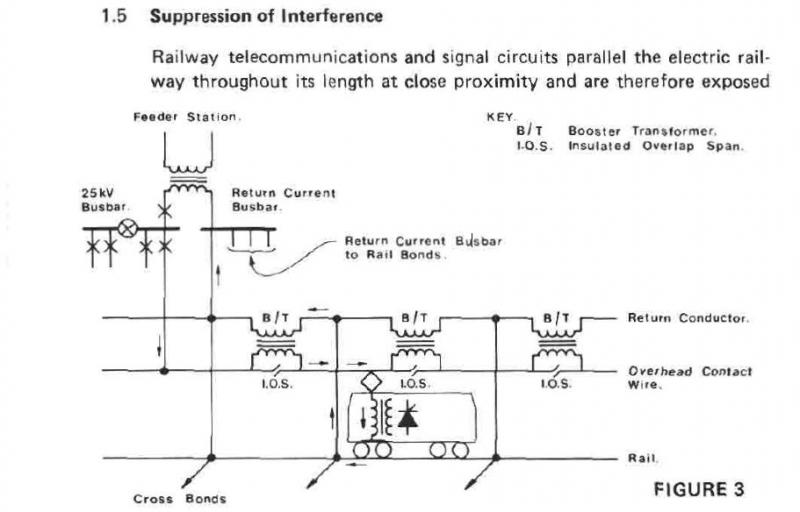Yes, I understand that - but,as I've just written to holmslaw, if (as he said) they were '5kv to 12v' transformers, and if the lamps were being supplied with around 12v, one would need a ludicrously high supply voltage for the whole run of transformers. What am I missing?The arrangement is that at each light there is a transformer. The secondary feeds the lamp. All the primaries are connected in series. The current through them is controlled by the control equipment to alter the brightness.
Kind Regards, John.


